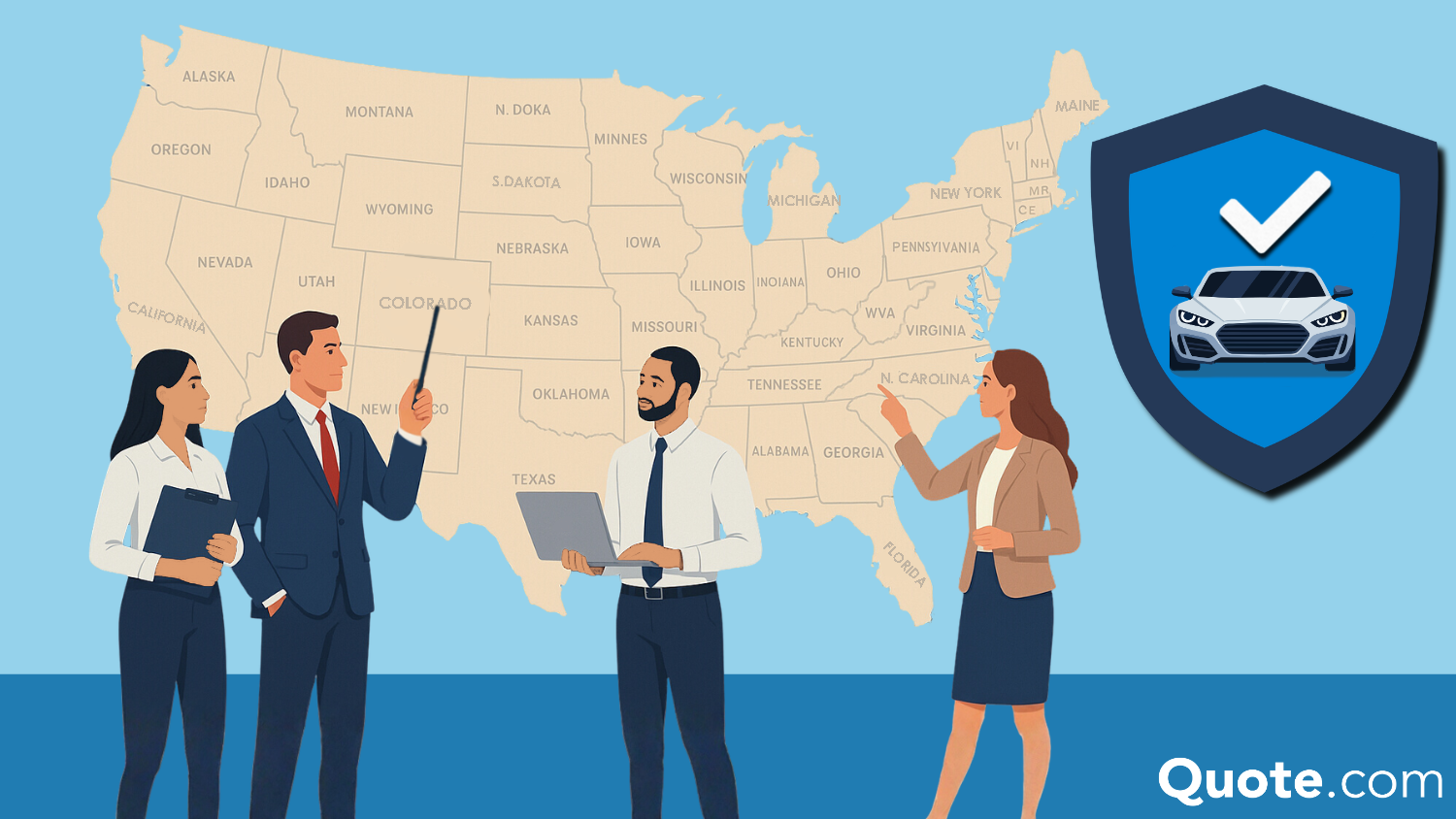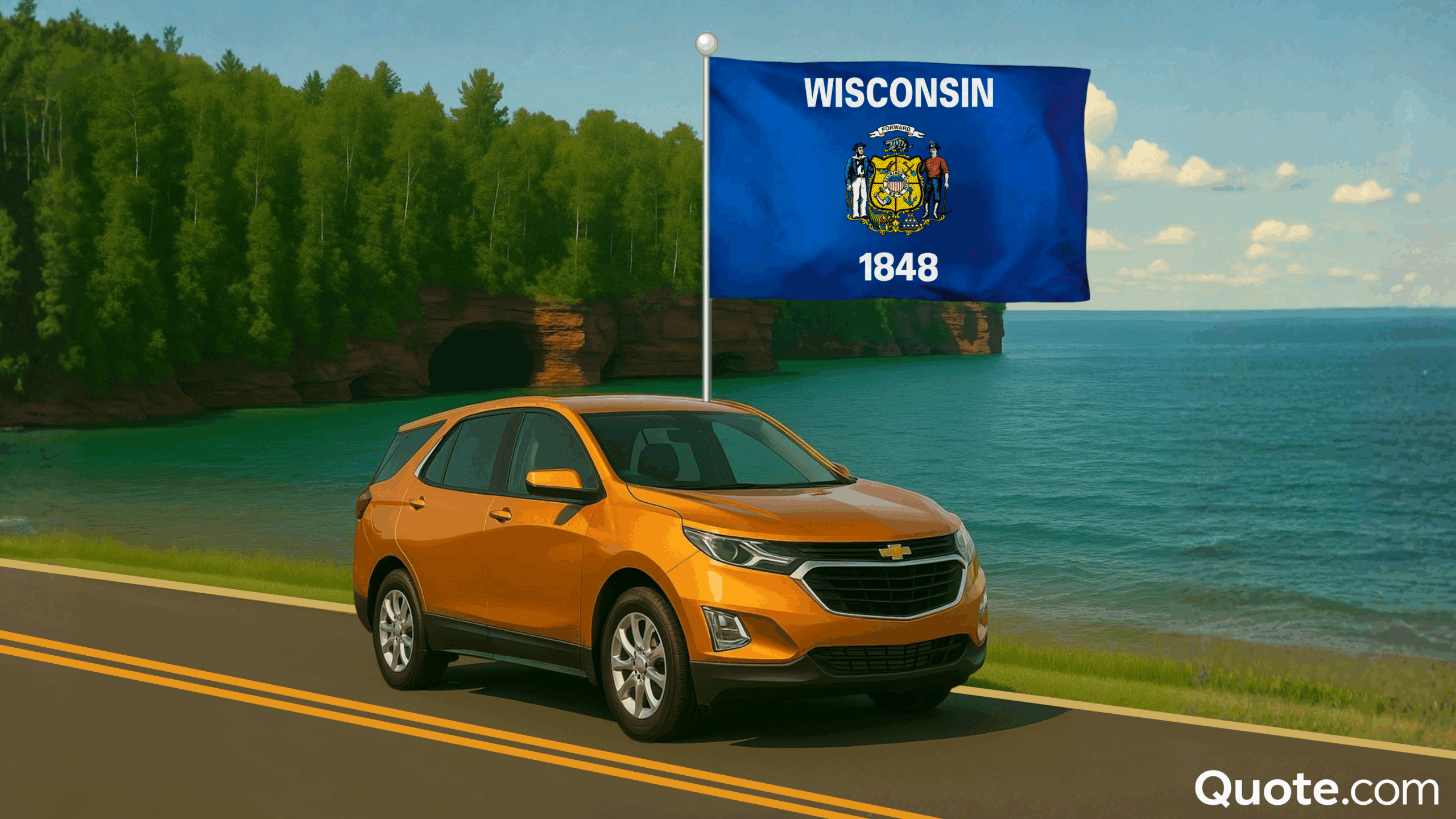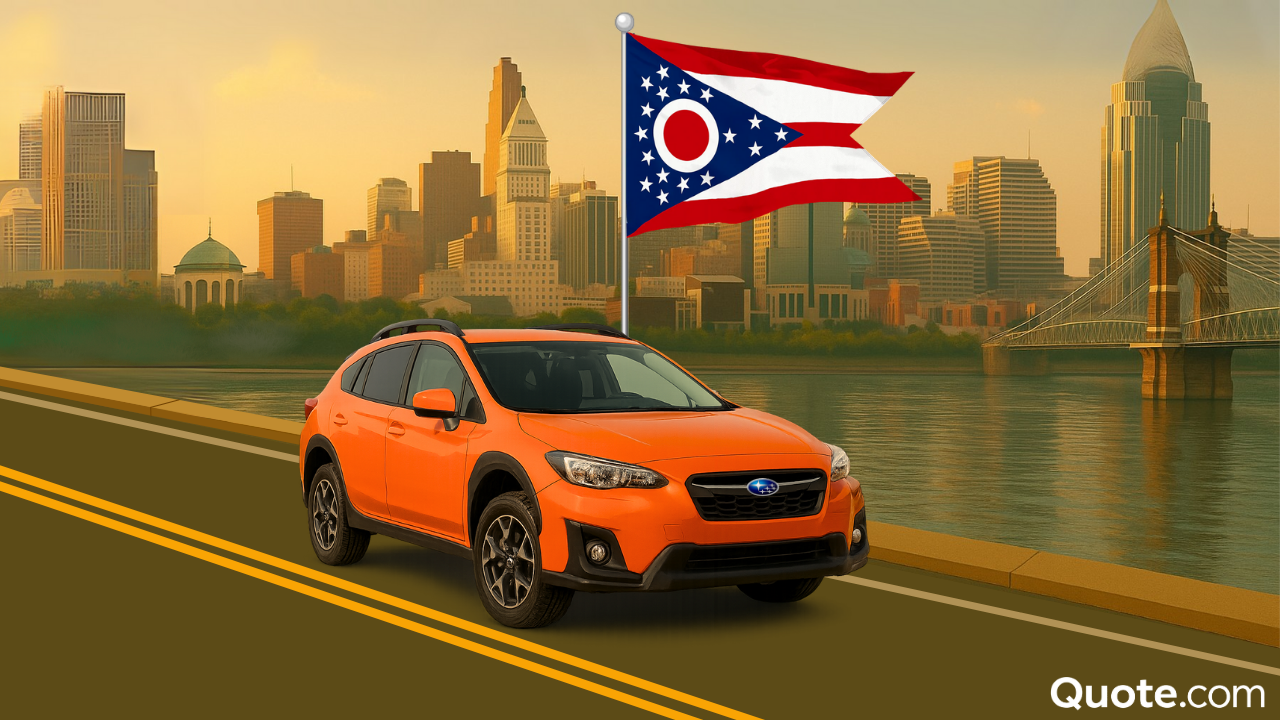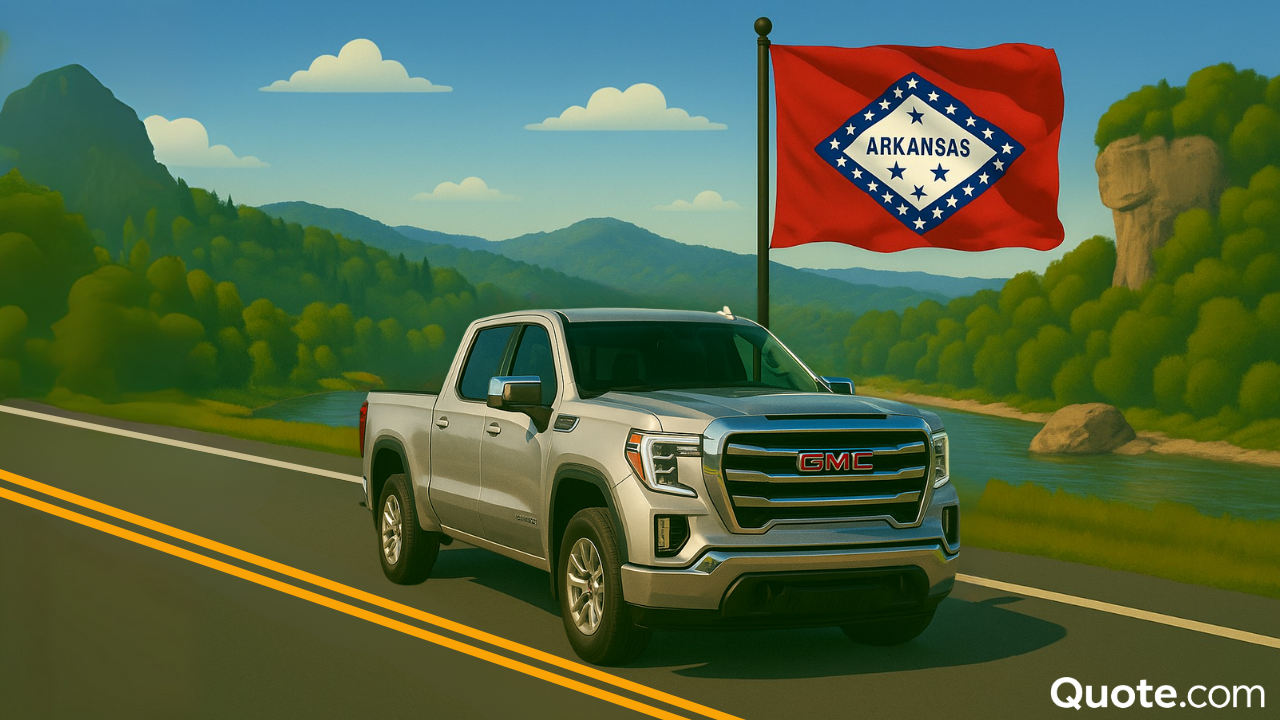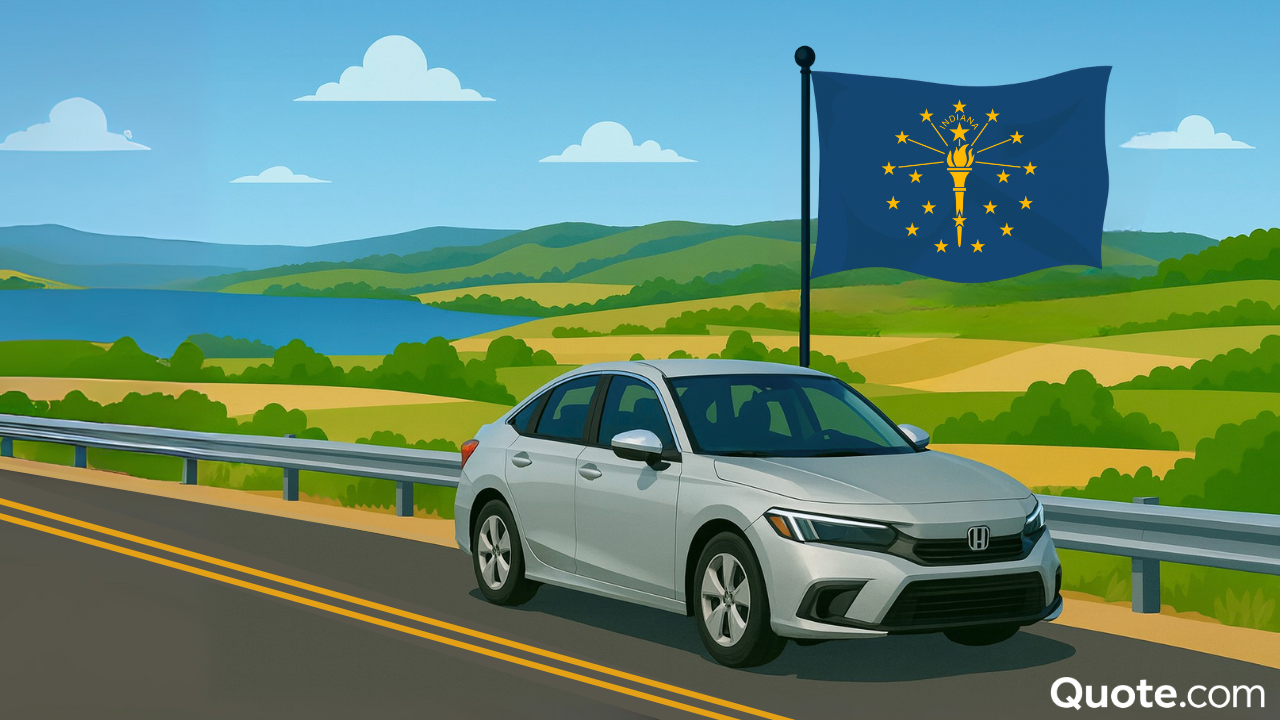A Visual Guide to Auto Insurance
Secured with SHA-256 Encryption




Table of Contents
Table of Contents
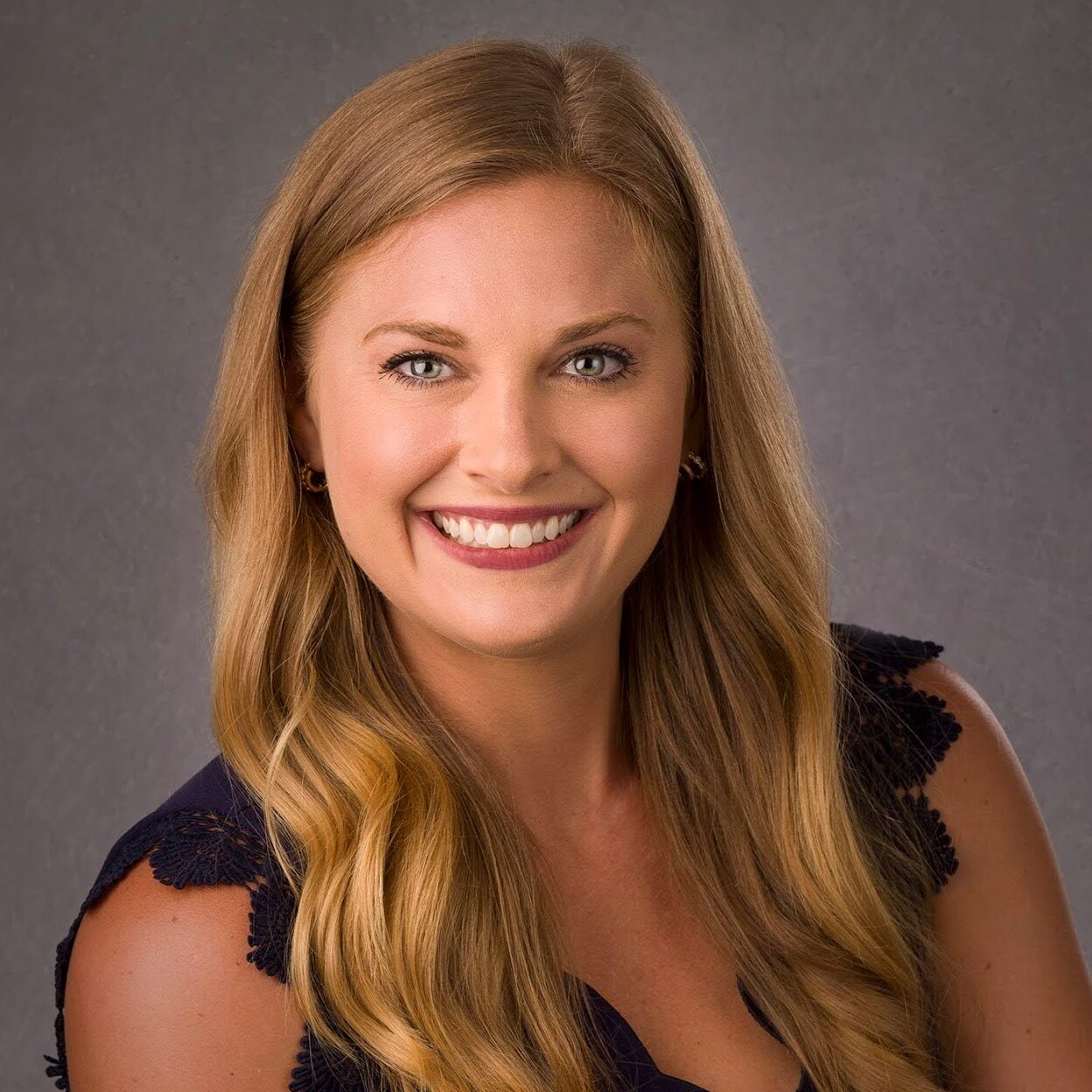

Head of Content
Meggan McCain, Head of Content, has been a professional writer and editor for over a decade. She leads the in-house content team at Quote.com. With three years dedicated to the insurance industry, Meggan combines her editorial expertise and passion for writing to help readers better understand complex insurance topics. As a content team manager, Meggan sets the tone for excellence by guiding co...
Meggan McCain


Senior Director of Content
Sara Routhier, Senior Director of Content, has professional experience as an educator, SEO specialist, and content marketer. She has over 10 years of experience in the insurance industry. As a researcher, data nerd, writer, and editor, she strives to curate educational, enlightening articles that provide you with the must-know facts and best-kept secrets within the overwhelming world of insurance....
Sara Routhier


Commercial Lines Coverage Specialist
Michael Vereecke is the president of Customers First Insurance Group. He has been a licensed insurance agent for over 13 years. He also carries a Commercial Lines Coverage Specialist (CLCS) Designation, providing him the expertise to spot holes in businesses’ coverage. Since 2009, he has worked with many insurance providers, giving him unique insight into the insurance market, differences in ...
Michael Vereecke
Updated September 2025
A visual guide to auto insurance
use this guide to sort out intricate coverage questions.
Others
Liability
Liability covers damage caused by you to another person or their property. This is the minimum insurance required in most states.
Liability does not cover you, your passengers, or your property.
Coverage limits
Liability insurance often contains three types of coverage.
(example limits shown, your policy will vary)
$50,000
Bodily injury per person
Coverage limit per person for bodily injury.
$100,000
Total bodily injury
Total bodily injury coverage per accident, including all claimants.
$25,0000
Property damage
Total property damage coverage per accident.
Your property
Collision
If you are at fault, collision insurance covers certain types of damage to your own car.
Examples of covered events
Collision with another vehicle
Collision with an object, like a mailbox, tree, or guard rail
Single-car falling or roll-over accident
Comprehensive
Comprehensive insurance generally covers non-driving related damage to your car.
Examples of covered events
Theft/Vandalism
Natural disasters
Fire
Striking or being struck by an animal (including while driving).
Deductible
The deductible is the amount of risk you assume before using insurance coverage.
Deductibles guard against insurance misuse, since a person may not drive as carefully if they believe all damage is paid for.
Uninsured / underinsured
Uninsured or underinsured insurance protects you in accidents with at-fault drivers that have too little or no insurance, and may cover bodily injury, property damage, or both.
This insurance may have some overlap with collision insurance or your personal healthcare, but can offer superior coverage for things like lost wages, disability, and passenger injuries.
High risk and SR-22
Some drivers may require high-risk insurance, which often carries higher premiums. High risk events may influence premiums anywhere from 3-10 years.
Events related to high risk insurance:
DUI or DWI conviction
Excessive speeding, illegal racing, or reckless driving
Driving without a license
Driving without insurance
Any traffic-related incident that results in a fatality
SR-22
SR-22 is the name of the document that insurance companies are required to file with state offices for high risk policies. If a high risk policy is canceled or expires, insurers must also notify the state.
You
Personal Injury Protection
Personal injury protection can be used regardless of fault.
Examples of covered items:
Medical payments
Disability related benefits for lost wages or incurred expenses
Funeral or burial expenses
Medical payments
Medical payments insurance covers accident-related medical payments only, and may overlap with personal healthcare insurance.
No fault state
In a no-fault state, your own policy covers non-property related claims no matter who is at fault. No-fault states may require Personal Injury Protection insurance for this purpose.
Tort state
In a tort state, the at-fault party is responsible for non-property related claims, even if fault is determined to be 50/50. Usually this involves some kind of lawsuit.
Common rate misconceptions
Q.
Why don’t rates go down for older cars or years of good driving?
Q.
Why can rates increase even without policy changes or new claims?
A.
Overall risk is part of premium calculation, which includes factors you don’t control.
Example
Your car may be inexpensive but if you live in a city of exotic cars, an accident you cause could mean high payouts for your insurer.
Example
A year of unusually frequent and aggressive hail storms might increase premiums in your area.
Insurance generally follows the car
If you lend your car, you lend your insurance also. However, you aren’t liable if someone takes your car without permission.
Diminished value claims
If an accident was not your fault, you may be able to claim diminished value against the at-fault’s insurance, meaning that even with full repairs your car has lost value after an accident.
Newer cars with greater accident damage are better candidates for diminished value, however, laws can vary widely between states and counties for this type of claim.
Total loss
If the cost to repair approaches total vehicle value, it will probably be a total loss. State laws and insurance companies vary from 60% – 80% of total value.
REFERENCES
- (2017). Retrieved 28 September 2017, from https://www.progressivecommercial.com/coverages/bodily-injury/
- How to Make a Diminished Value Car Insurance Claim. (2017). LearnVest. Retrieved 28 September 2017, from http://www.learnvest.com/knowledge-center/how-to-make-a-diminished-value-car-insurance-claim/
- I am an automobile insurance adjuster. I know what’s happening to your car. • r/IAmA. (2017). reddit. Retrieved 28 September 2017, from https://www.reddit.com/r/IAmA/comments/37uz35/i_am_an_automobile_insurance_adjuster_i_know/#bottom-c
- NAIC Consumer Alert: Understanding Your Auto Insurance Policy. (2017). Naic.org. Retrieved 28 September 2017, from https://content.naic.org/article/consumer_insight_does_your_vehicle_have_right_protection_best_practices_buying_auto_insurance.htm
- Oregon Auto Insurance Laws and Regulations. (2017). www.all-about-car-accidents.com. Retrieved 28 September 2017, from https://www.nolo.com/legal-encyclopedia/oregon-car-insurance-requirements.html
- (2017). Wurzelagency.com. Retrieved 28 September 2017, from http://wurzelagency.com/resources/auto-insurance/personal-injury-protection-coverage/
- PIP, MP and UM – Business Auto Policy – Swingle Collins. (2017). Swingle Collins. Retrieved 28 September 2017, from http://www.swinglecollins.com/pip-mp-and-um-business-auto-policy/
- Special Investigative Unit (SIU). (2017). Insuranceclaimshelpforyou.com. Retrieved 28 September 2017, from http://www.insuranceclaimshelpforyou.com/special-investigative-unit.html
- What is a tort state? | CarInsurance.com. (2017). Carinsurance.com. Retrieved 28 September 2017, from http://www.carinsurance.com/tort-states.aspx
- Why do insurance policies have deductibles?. (2017). Investopedia. Retrieved 28 September 2017, from https://www.investopedia.com/ask/answers/071515/why-do-insurance-policies-have-deductibles.asp
Get a FREE Quote in Minutes
Insurance rates change constantly — we help you stay ahead by making it easy to compare top options and save.
